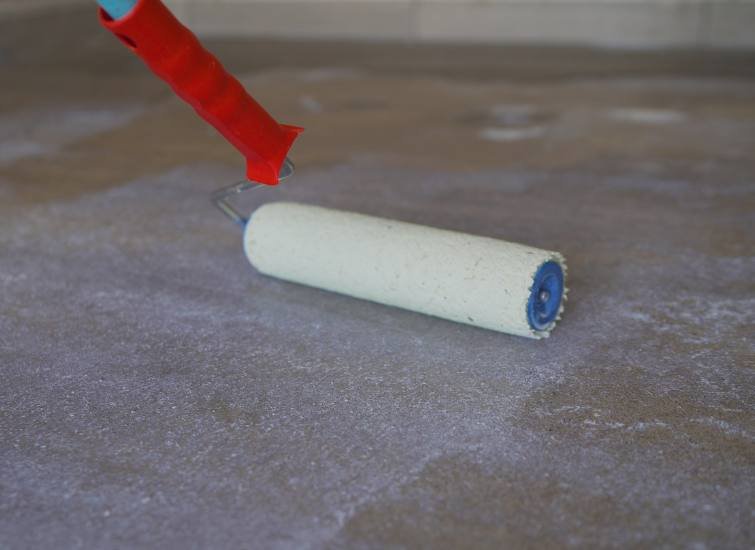If you’re embarking on a painting project, understanding how long primer takes to dry is crucial for achieving a flawless finish. In general, primer dries to the touch within 30 minutes to 1 hour, but several factors can influence the drying time.
Factors Affecting Primer Drying Time:
1. Type of Primer:
Primer comes in various formulations, including oil-based and water-based. Water-based primers often dry faster, typically within 30 minutes, while oil-based ones may take up to 24 hours.
2. Humidity Levels:
Humidity plays a significant role in drying time. In high humidity, primer tends to dry slower. Using a dehumidifier or choosing low-humidity days can expedite the drying process.
3. Temperature:
Warmer temperatures accelerate drying. Ideally, apply primer in temperatures between 50°F to 85°F (10°C to 29°C) for optimal and timely drying.
4. Thickness of Application:
Applying primer thinly ensures quicker drying. Thick layers may extend drying time, so follow manufacturer guidelines for the recommended thickness.
Optimizing Primer Drying:
Choosing the Right Primer:
Selecting a primer that aligns with your painting surface and project needs is essential. Consult with a paint professional for guidance on the most suitable primer for your specific application.
Application Techniques:
Using the right tools and techniques can expedite drying. Apply primer evenly with a high-quality brush or roller, ensuring a uniform coat without excess buildup.
Ventilation:
Proper ventilation aids in faster drying. Ensure good airflow in the painting area by opening windows or using fans. This helps disperse fumes and accelerates the drying process.
Keywords for Effective Search:
Primer drying time Water-based vs. oil-based primer Optimal temperature for primer drying Application techniques Factors affecting primer drying
Incorporating these keywords strategically enhances the article’s search engine visibility.
Further Information:
For additional insights into paint-related topics and DIY projects, explore reputable sources such as Sherwin-Williams or This Old House. These platforms offer expert advice and resources to complement your painting endeavors.
More Questions About Primer Drying:
1. Does Primer Drying Time Vary Between Brands?
Yes, different brands may have variations in drying times. Always refer to the specific product’s instructions for accurate drying information.
2. Can I Speed Up Primer Drying Time?
Yes, using quick-dry primers, adjusting environmental conditions, and employing proper application techniques can expedite the drying process.
3. What Happens if I Paint Over Wet Primer?
Painting over wet primer can compromise the adhesion of the paint and lead to an uneven finish. Ensure the primer is completely dry before applying paint.
4. Is Sanding Required Between Primer Coats?
Sanding between primer coats promotes adhesion and a smoother finish. Follow the primer manufacturer’s recommendations for the best results.


